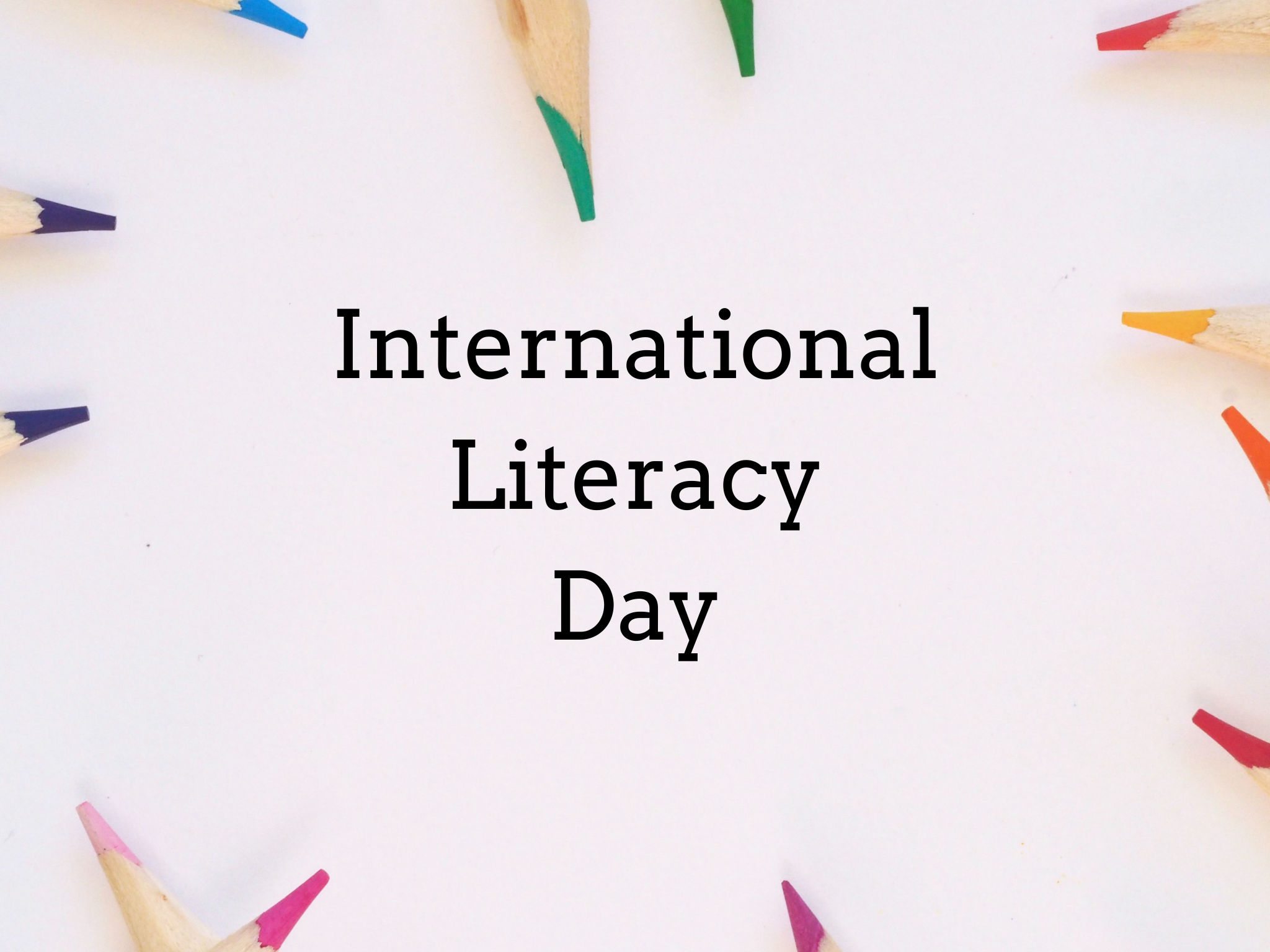Introduction
The most basic form of education, the fundamental building block upon which a student’s academic life begins, is literacy. Literacy, in its most barebones definition, is the ability to read and write. However, this definition is not inclusive enough as it does not describe the way in which the term is used in the modern context. For example, literacy is also used when talking about finance, computer knowledge, politics, media, and so on. So, a more inclusive definition of literacy would be the ability of a person to comprehend the general epistemology of a concept and split it into simpler concepts so that they can understand it better. However, for all practical purposes, the meaning of literacy here will be the simple definition we discussed above. Before we get into the significance of International Literacy Day, its origins, and more, let us understand what is literacy rate and its importance.
What is Literacy Rate?
There are several definitions of what literacy rate is, but the one that is most quoted is the one given by the World Health Organization, which is as follows:
“The proportion of the adult population aged 15 years and over which is literate, expressed as a percentage of the corresponding population, total or for a given sex, in a given country, territory, or geographic area, at a specific point in time, usually mid-year.”
In simple words, literacy rate can be defined as the percentage of people above the age of 15 who are able to read and write. Let us take the example of India. The state that has the highest literacy rate in India is the state of Kerala which is located in the southernmost part of the country. The literacy rate of Kerala is at 96.2% as per a survey conducted in 2021. On the flip side, the state with the lowest literacy rate in India is Bihar at 61.8%. This is even lower than the national average of 74.04%.
Why is International Literacy Day Celebrated?
International Literacy Day is celebrated every year on the 8th of September every year to make the global community aware of the importance of literacy for all people all over the globe. This includes communities, societies, and the individuals within them. The day is also aimed at pushing for more concerted efforts towards the development, establishment, maintenance, and upliftment of more literate societies. International Literacy Day was celebrated for the first time in 1967. It was started with the intention of communicating to the people the importance of literacy in ensuring dignity and human rights for each and every section of society since only a literate society can be sustainable and progress over time. It is also celebrated as a means of bringing awareness to the fact that there are still tens of millions of people in the world who struggle to even get basic literacy, let alone a formal education.
International Literacy Day 2022 Theme
The International Literacy Day 2022 Theme is “Transforming Literacy Learning Spaces”. Almost 24 million learners have been adversely affected by the pandemic as per UNESCO’s findings, out of which, 11 million may be girls and young women. In order to make sure that no one is left behind, it is important to reinvent the existing learning spaces by using integrated learning solutions and enabling literacy learning with respect to lifelong learning. International Literacy Day serves as an opportunity to fundamentally alter the nature of literacy learning spaces to ensure high standard quality inclusive education for all.
International Literacy Day Activities in Schools
Schools are the engineering units of civilization, shaping and molding students into the citizens of tomorrow. They are an integral driving force behind the cultural, moral, and intellectual progress of society. The literacy of a country is directly affected by the policies it takes towards promoting the same and the number of schools that state/country. Schools can therefore promote International Literacy Day by conducting various activities in light of the International Literacy Day Theme of that year. Given below are a few examples:
- The school can conduct essay writing, elocution, extempore, story writing, poetry writing, and other cultural activities and competitions on the theme of International Literacy Day in school.
- The school principal can give a public address in the school regarding the importance of education, literacy, and even the importance of pursuing higher education to improve themselves as well as the country as a whole.
- The school can conduct a book donation drive where students can donate books to the local library. These can be used textbooks, classical works of literature, or even works of fiction or non-fiction.
- Schools can invite a chief guest over to address the importance of literacy among children and young adults. It would be better if the chief guest is someone who has several years of experience working in the field of education.
- Teachers can hold group discussions and debates in the classroom about contemporary issues related to literacy and education to raise awareness of the same. This will not only educate students on such important topics but also give them a
- Quizzes can be conducted on historical facts related to literacy, education, and the laws that govern them in the country that they live in.
Conclusion
Literacy may not be the same as education, but it is definitely the door to it. It is imperative to cultivate a culture of continuous learning in students from a young age, something that teachers will have to do in their classrooms. Only when there is a drive to learn can students improve themselves and in turn, push society forward, and that is what the education system should ideally focus on.
Here is a video from Teachmint on experiential learning:






